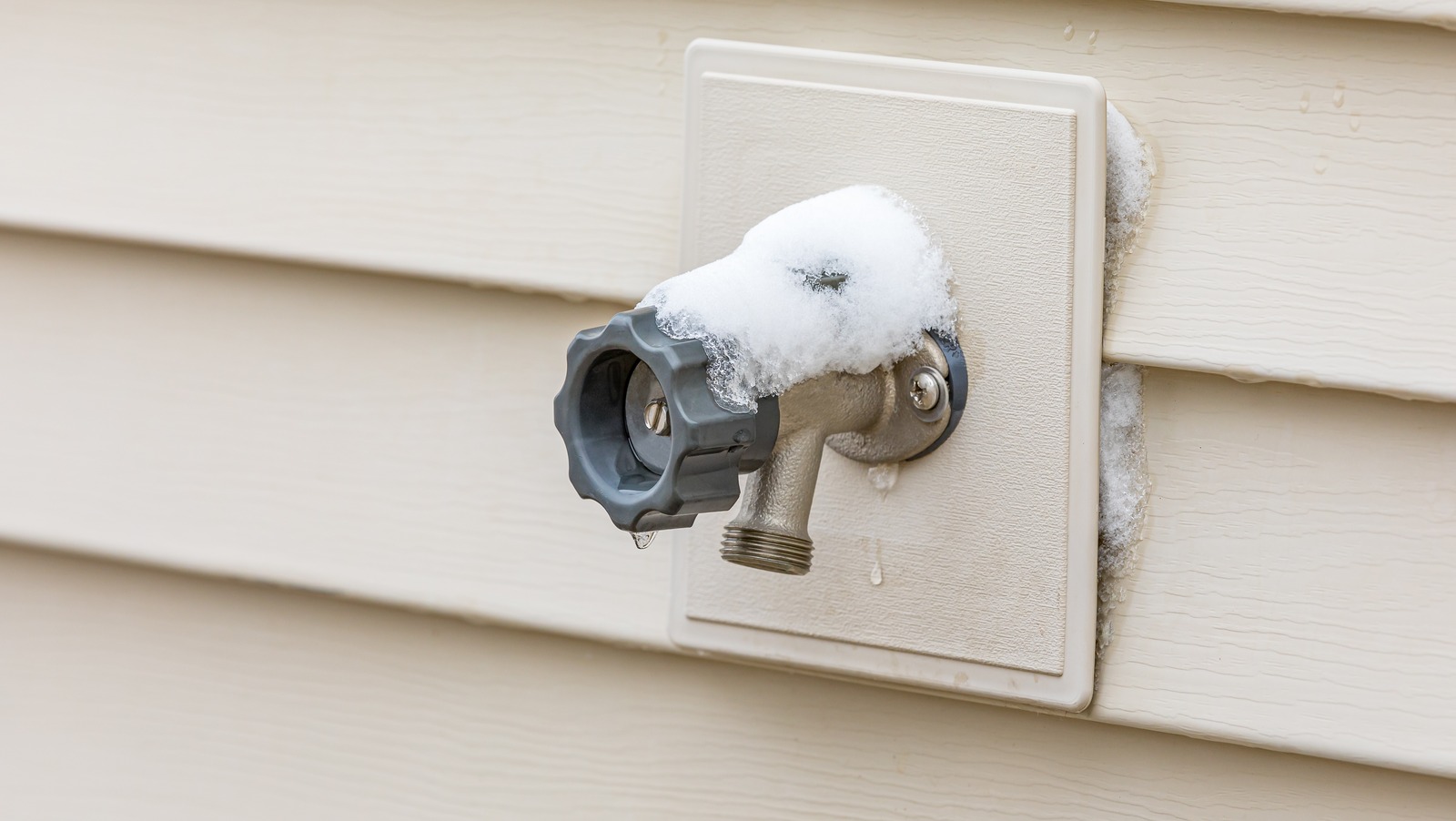
Importance of Properly Watering Trees and Shrubs
Properly watering your trees and shrubs is a fundamental aspect of their overall health and well-being. Insufficient or excessive watering can lead to various issues, affecting their growth, vitality, and resilience. Let’s explore the essential practices to ensure optimal health for your trees and shrubs through effective watering.
Understanding Watering Needs
Different trees and shrubs have varying water requirements based on factors such as species, age, and environmental conditions. Understanding the specific needs of your plants is crucial for providing the right amount of water. Research the recommended watering guidelines for each type of tree and shrub in your garden.
Deep and Infrequent Watering
One key principle in watering trees and shrubs is to adopt a deep and infrequent watering schedule. Water deeply to encourage roots to grow deeper into the soil, making plants more resilient to drought conditions. Infrequent but thorough watering helps create a strong and extensive root system.
Mulching for Moisture Retention
Mulching around the base of trees and shrubs is an effective strategy for retaining soil moisture. Mulch acts as a protective layer, preventing evaporation, suppressing weeds, and regulating soil temperature. Apply a layer of organic mulch, such as wood chips or bark, to help maintain optimal moisture levels around your plants.
Water Trees and Shrubs for Optimal Health: Explore effective watering techniques for your trees and shrubs to promote their well-being.
Watering Techniques for Trees
When watering trees, it’s crucial to target the root zone. Use a soaker hose or a drip irrigation system to deliver water directly to the base of the tree. Avoid overhead watering, as it can lead to water wastage and may contribute to the development of fungal diseases. Ensure a slow and deep watering process.
Watering Techniques for Shrubs
Shrubs benefit from targeted watering as well. Use a watering can or a drip system to deliver water to the soil around the shrub’s base. Pay attention to the area directly beneath the foliage to ensure that the root zone receives adequate moisture. Adjust the frequency based on the specific needs of each shrub species.
Monitoring Soil Moisture
Regularly monitor the moisture level of the soil to gauge when your trees and shrubs need water. Stick your finger into the soil, and if it feels dry several inches below the surface, it’s time to water. Invest in a soil moisture meter for a more accurate assessment of the soil’s moisture content.
Seasonal Adjustments
Adjust your watering routine based on seasonal changes. Trees and shrubs have different water requirements in spring, summer, fall, and winter. During hot summer months, increase watering frequency, while in the cooler fall and winter seasons, reduce watering to prevent waterlogged soil.
Rainwater Harvesting
Consider incorporating rainwater harvesting into your watering strategy. Collecting rainwater in barrels or using a rain garden helps conserve water resources and provides a natural and nutrient-rich source for your trees and shrubs. It’s an eco-friendly approach that aligns with sustainable gardening practices.
Overcoming Common Watering Mistakes
Avoid common watering mistakes that can adversely affect your plants. These include overwatering, underwatering, and neglecting to adjust watering routines based on weather conditions. Be observant of your plants’ responses to watering practices, and fine-tune your approach to meet their evolving needs.
Enjoying the Benefits of Proper Watering
By embracing effective watering practices, you’ll witness the numerous benefits reflected in the health and vibrancy of your trees and shrubs. From lush foliage to robust flowering, your garden will flourish with vitality. Remember, the key lies in understanding your plants’ needs and providing consistent and thoughtful care.
For more in-depth information on how to Water Trees and Shrubs for Optimal Health, visit mimimises.org.
















